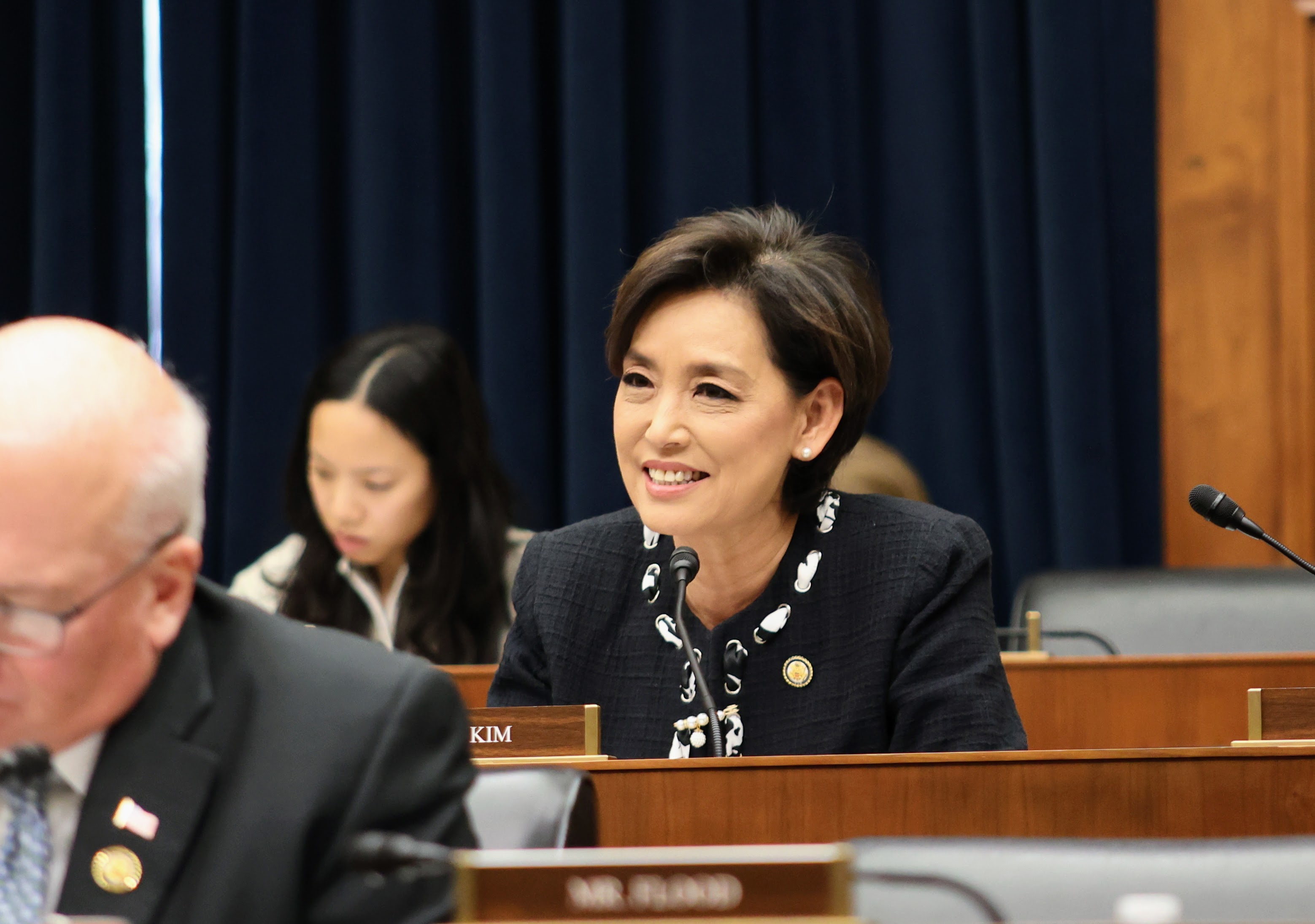Immigrants and the children of immigrants account for a small but growing share of lawmakers on Capitol Hill. At least 76 (14%) of the voting members of the 117th Congress are foreign born or have at least one parent born in another country, a slight uptick from the prior two Congresses.
Overall, there are 18 foreign-born members of the 117th Congress – 17 representatives and one senator, Mazie Hirono, D-Hawaii, who was born in Japan. At least 58 other members, including 42 in the House and 16 in the Senate, were born in the United States or its territories to at least one immigrant parent, according to a Pew Research Center analysis of biographical information from the Congressional Research Service, news stories and members’ official websites and genealogical records through Feb. 8.
The 18 immigrant lawmakers in the current Congress represent just 3% of all voting members, a lower share than the foreign-born share of Congresses many decades ago. For example, about 10% of members in the first and much smaller Congress of 1789-91 were foreign born. About a century later, in the 50th Congress of 1887-89, 8% of members were born abroad, according to a previous analysis.
The current share of foreign-born lawmakers in Congress is also far below the foreign-born share of the U.S. as a whole, which was 13.7% as of 2018.
Democrats far outnumber Republicans among both immigrants and children of immigrants in Congress. Fourteen of the 18 foreign-born members are Democrats, as are 44 of the 58 members who are children of immigrants. That includes Sen. Bernie Sanders of Vermont, an independent who caucuses with Democrats: His father came to the U.S. from Poland.
Immigrants and children of immigrants represent 27 states. Far more of these lawmakers come from Western states (35) than from any other of three other major U.S. regions: the South (16), Northeast (14) and Midwest (11). California has by far the most: 22 of the state’s 55 members of Congress are immigrants or children of immigrants. New York, Florida and Illinois all have five members of their delegations who are immigrants or children of immigrants, tied for the second-highest total.
Europe is the most common origin region for immigrant lawmakers or those who are children of immigrants. About one-third (32%) have roots in countries there. Latin America (20%) and the Caribbean region (18%) each account for roughly one-in-five immigrants and children of immigrants, and most of these lawmakers have roots in Mexico (15) or Cuba (11). Asia has a similar share, 18%. Collectively, 70% of immigrants and children of immigrants in Congress have origins in countries in Europe, Latin America or the Caribbean.
Much smaller shares claim heritage in countries in the Middle East, North America and sub-Saharan Africa – each at or below 5%. (Some lawmakers in this analysis are tallied under more than one country and region. For example, Rep. Anthony Brown, D-Md., has a Caribbean father and a European mother.)
Some lawmakers in the current Congress have achieved notable firsts. For example, Rep. Marilyn Strickland, D-Wash., wore a hanbok, a traditional Korean garment, at her swearing-in ceremony in honor of her mother and heritage. She became one of the first three Korean American women elected to Congress last year, alongside Michelle Steel and Young Kim, both California Republicans.




